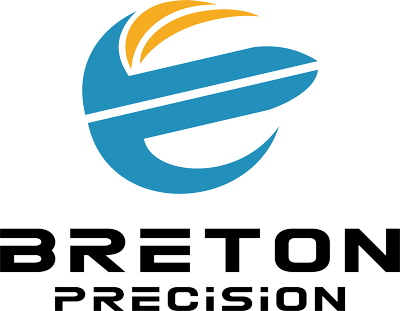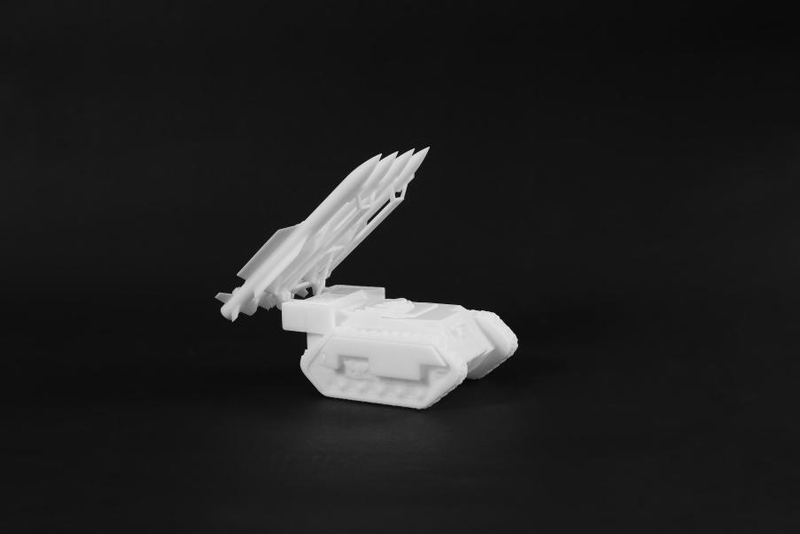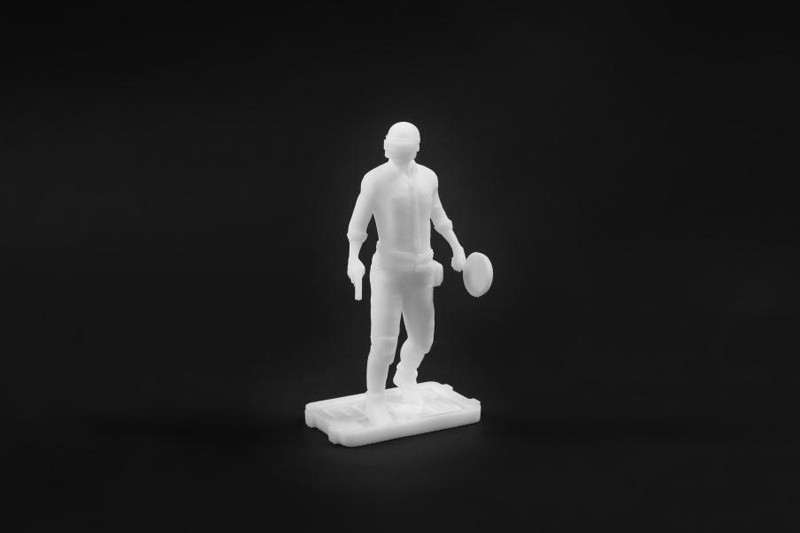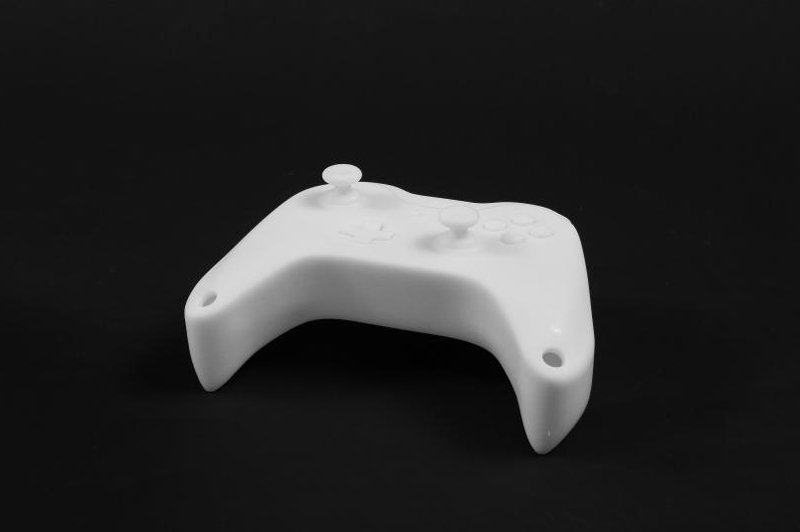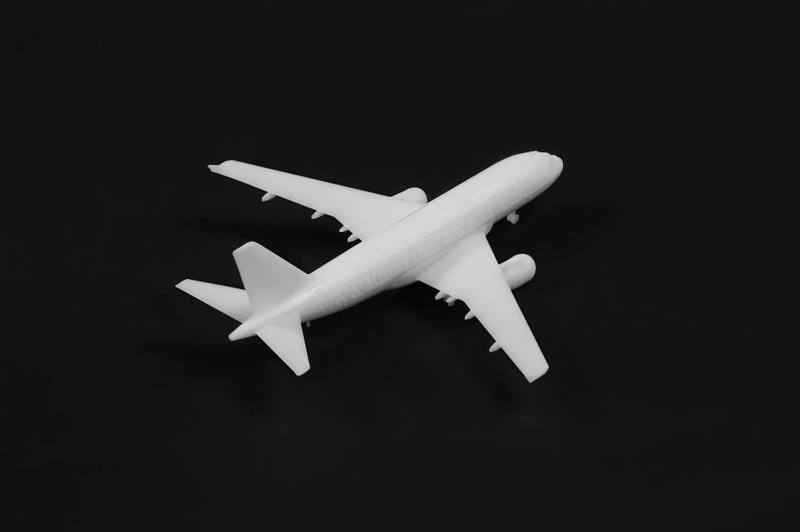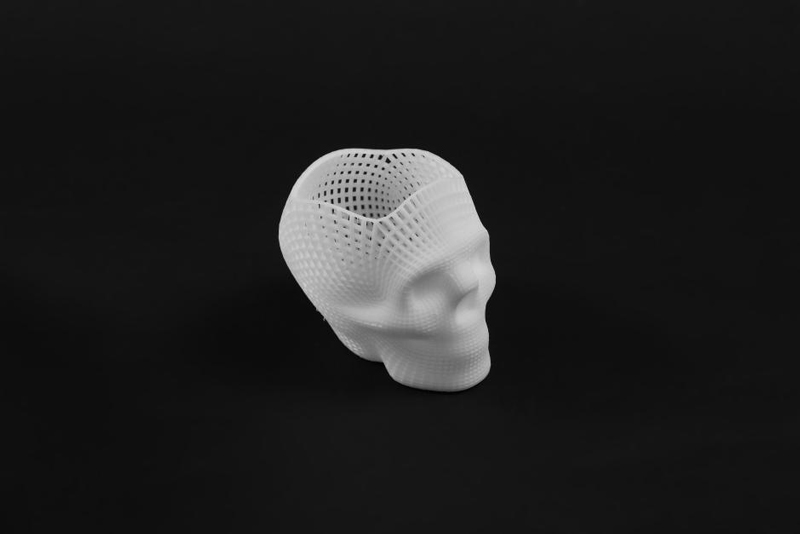Our Custom 3D Printing Services
Breton Precision 3D printing services is ideal for rapid prototypes and intricate functional parts for larger-scale production. Our 3D printing shops are equipped with seasoned expert operators and the most advanced additive manufacturing technologies, covering four high-quality printing processes: Selective Laser Sintering, Stereolithography, HP Multi Jet Fusion, and Selective Laser Melting. With Breton Precision, expect rapid delivery of finely-produced, precise 3D printed prototypes and end-use parts, suitable for both small and extensive production needs.

3D Printing Mateirals
Our material selection includes plastic and metal options like ABS, PA (Nylon), Aluminum, and Stainless Steel, suitable for various industrial 3D custom printing projects.
If you have unique material requirements, simply choose ‘Other’ on our quote configuration page. We’re committed to sourcing exactly what you need.
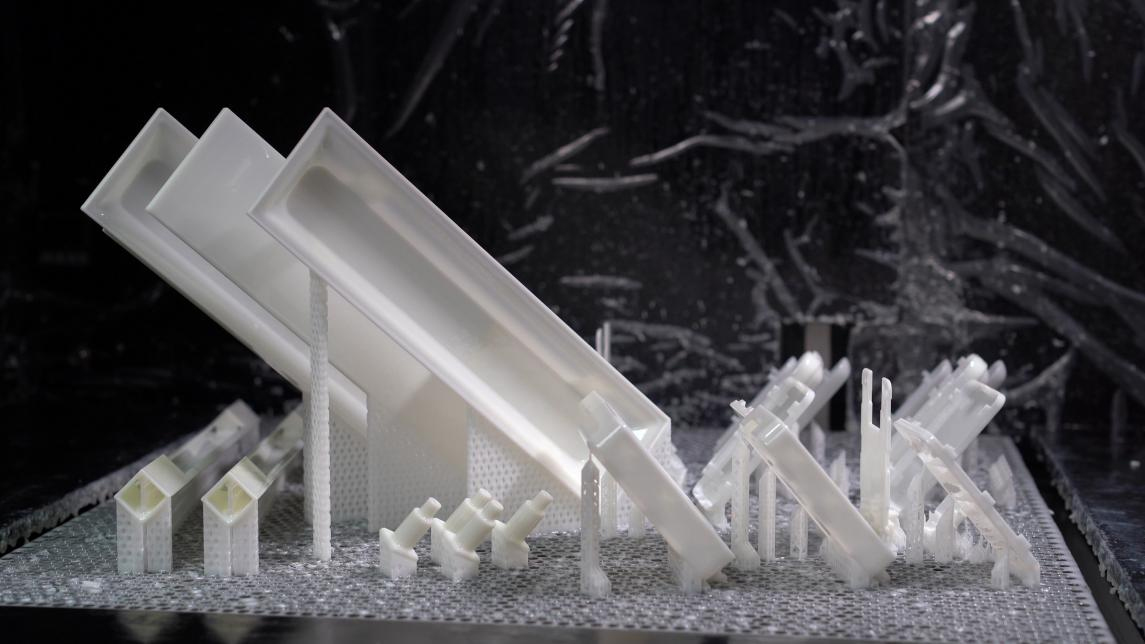
ABS and Resins
3D Printing Surface Roughness
Check the specifics of surface roughness achievable with Breton Precision custom 3D printing services. Our table below outlines the detailed roughness metrics for each printing technique, guiding your choice for optimal part texture and precision.
Printing Type Material |
Post-Printing Roughness |
Post-Processing Technology |
Roughness After Processing |
SLA Photopolymer Resin |
Ra6.3 |
Polishing, plating |
Ra3.2 |
MJF Nylon |
Ra6.3 |
Polishing, plating |
Ra3.2 |
SLS White Nylon, Black Nylon, Glass-filled Nylon |
Ra6.3-Ra12.5 |
Polishing, plating |
Ra6.3 |
SLM Aluminum Alloy |
Ra6.3-Ra12.5 |
Polishing, plating |
Ra6.3 |
SL Stainless Steel |
Ra6.3-Ra12.5 |
Polishing, plating |
Ra6.3 |
Note: After post-processing, some materials can achieve a surface roughness between Ra1.6 and Ra3.2. The specific outcome depends on the customer’s requirements and the particular circumstances. | |||
Breton Precision 3D Printing Capabilities
We provide a comprehensive overview of each 3D printing process’s unique standards, aiding in informed decisions for your printing needs.
Min. Wall Thickness |
Layer Height |
Max. Build Size |
Dimension Tolerance |
Standard Lead Time |
|
SLA |
0.6 mm for unsupported walls, 0.4 mm for supported wall on both sides |
25 µm to 100 µm |
1400x700x500 mm |
±0.2mm (For >100mm, |
4 business days |
MJF |
At least 1mm thick; avoid overly thick walls |
Around 80µm |
264x343x348 mm |
±0.2mm (For >100mm, apply 0.25%) |
5 businees days |
SLS |
From 0.7mm (PA 12) to 2.0mm (carbon-filled polyamide) |
100–120 microns |
380x280x380 mm |
± 0.3 mm (For >100mm, |
6 businees days |
SLM |
0.8 mm |
30 – 50 μm |
5x5x5mm |
±0.2mm (For >100mm, apply 0.25%) |
6 businees days |
General Tolerances for 3D Printing
-
Basic Size
Linear Dimensions
±0.2 to ±4 mm
Fillet Radius and Chamfer Height Dimensions
± 0.4 to ± 4 mm
Angular Dimensions
±1°30' to ±10'
-
Basic Length
Straightness and Flatness
0.1 to 1.6 mm
Verticality Tolerance
0.5 to 2 mm
The Degree of Symmetry
0.6 to 2 mm
Circular Runout Tolerance
0.5 mm
